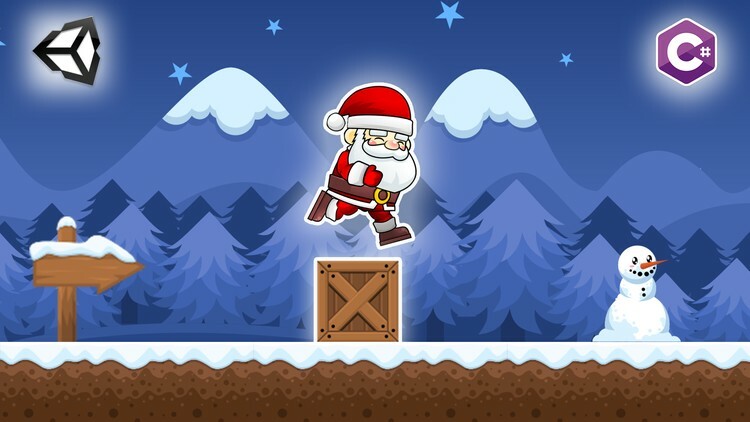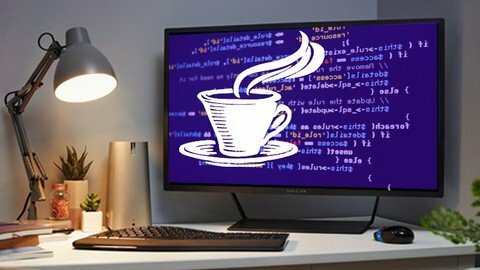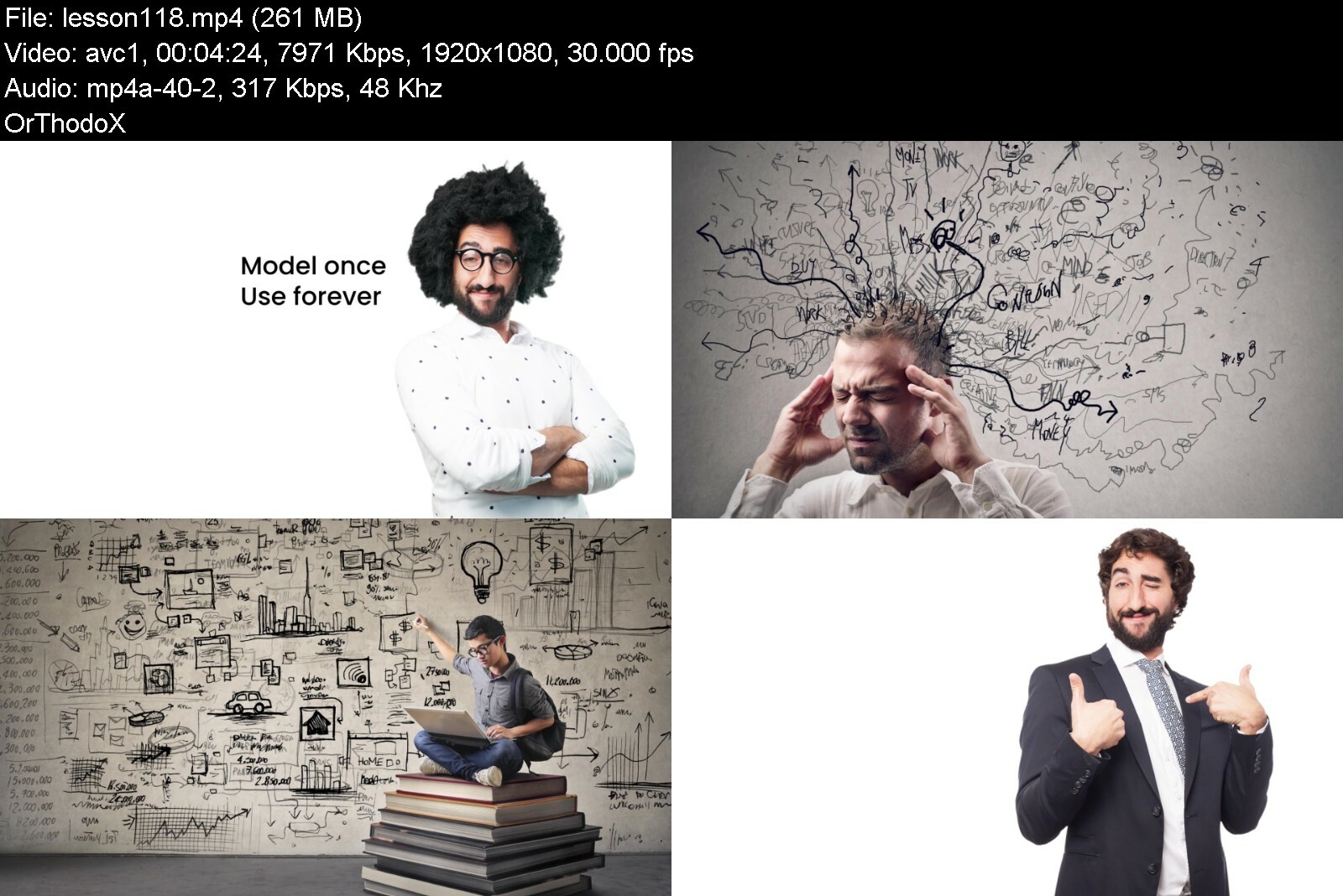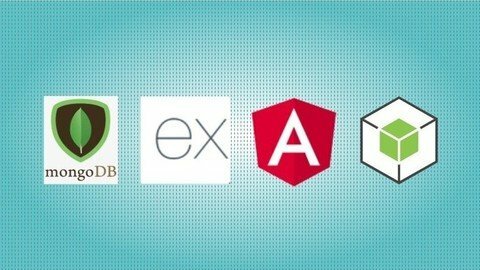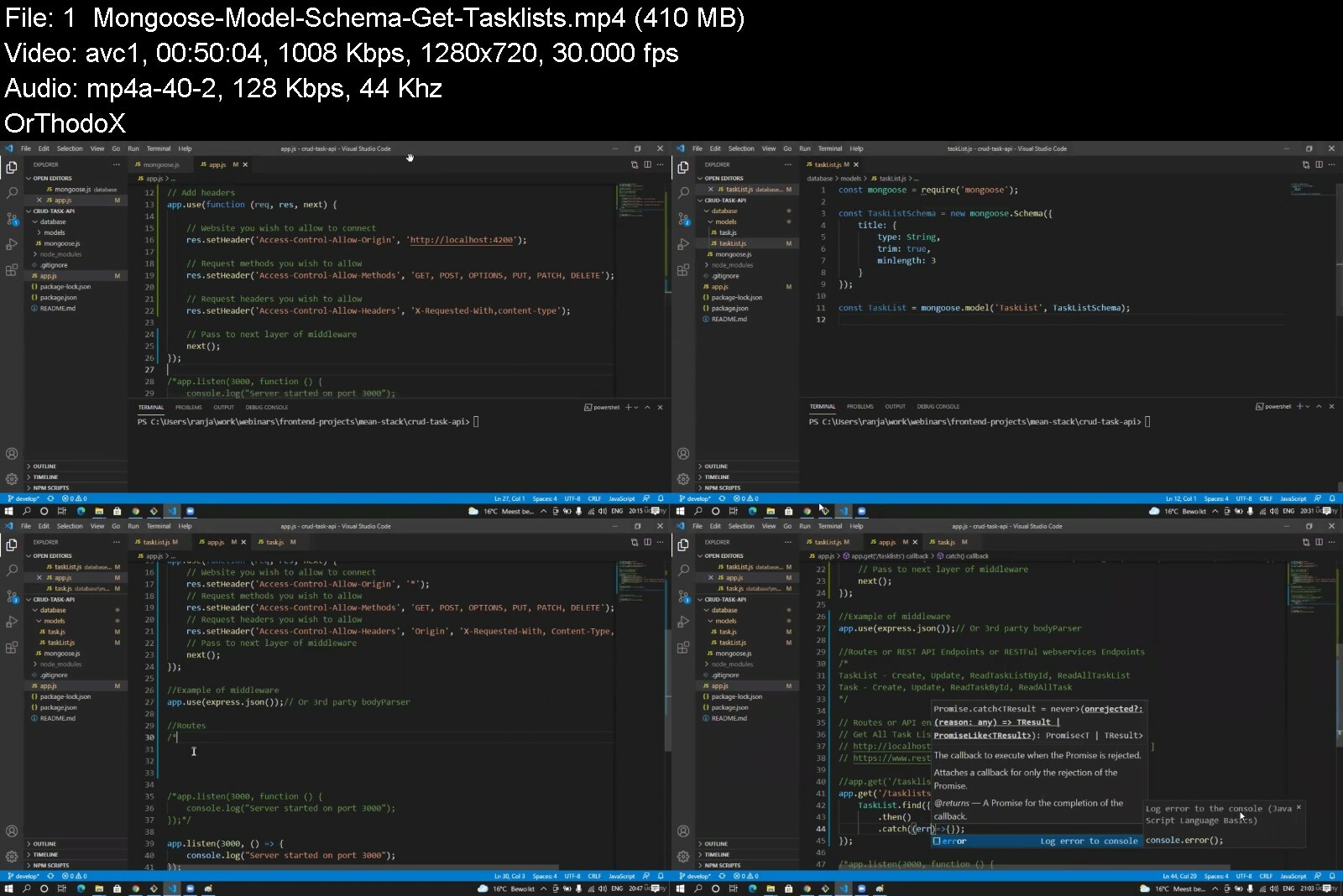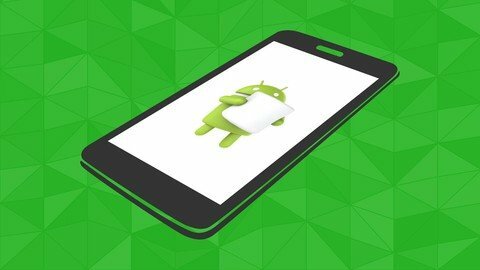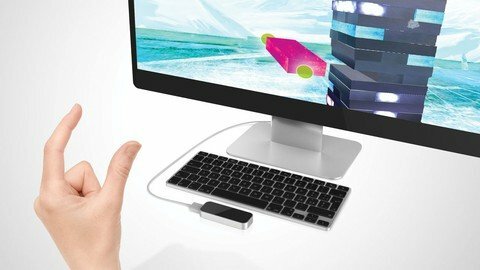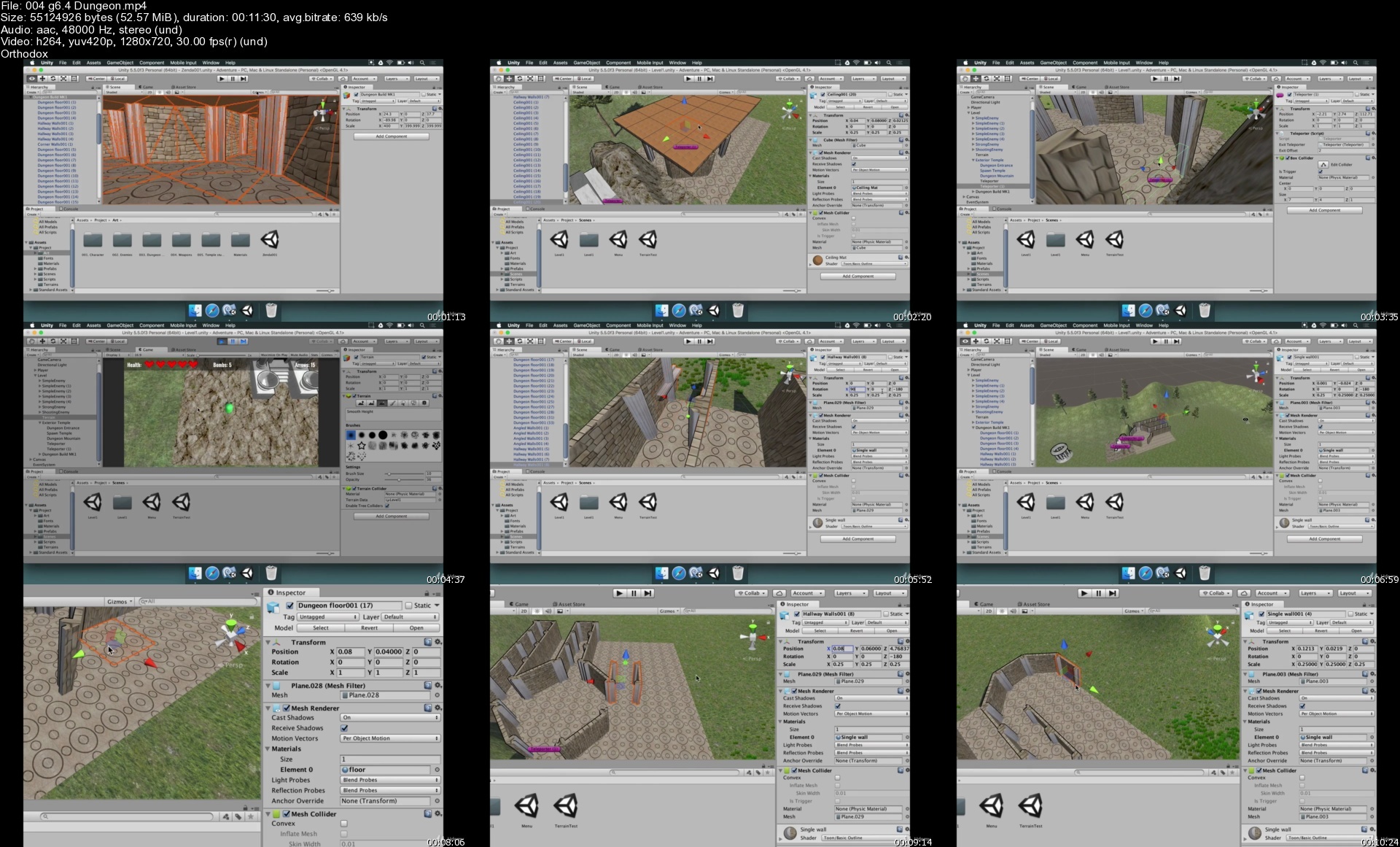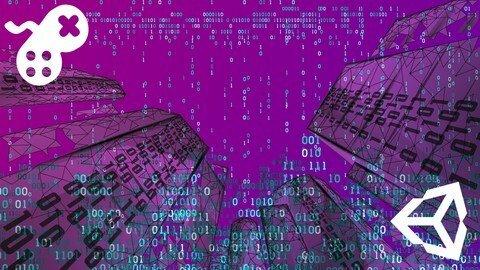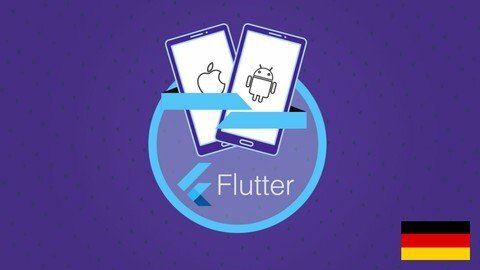The Complete 2020 Unreal Masterclass: Build 2D And 3D Games
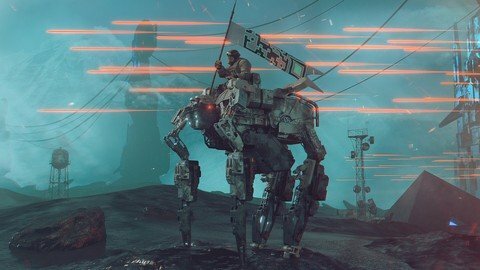
The Complete 2020 Unreal Masterclass: Build 2D And 3D Games
Last updated 12/2019
MP4 | Video: h264, 1280x720 | Audio: AAC, 44.1 KHz
Language: English | Size: 12.73 GB | Duration: 18h 29m
Learn video game development and how to build impressive games from scratch with the Unreal Engine
What you'll learn
Build classic 2D and 3D platformer games in Unreal engine 4
Create multiple small games of different genres
Develop games from scratch
Requirements
The (free) Unreal Engine 4. We will walk you through the simple installation and setup process.
A computer with an Internet connection. This course is suitable for Mac or PC.
Description
This project is the world's biggest on-demand tutorial series designed to teach ANYONE how to code and build impressive games with the Unreal Engine.Benefits of Learning UnrealPopular - Unreal is a free game development engine used by developers all the way from beginner indie developers to AAA studios. The community is large and available for help.Powerful - Unreal is a powerful engine, with a huge library of image assets available for you to use as much as humanly possible, saving hours of development time.High Definition - Unreal is one of the main engines to use because it is so good at making good looking and high quality games. Unreal has high fidelity, meaning you can zoom in and still have high quality images.Coding Optional - The best part about Unreal is their blueprint system, letting you build games without coding. We have been using Unreal technologies since UDK and are delighted to see that the blueprint system is incredibly robust and resource-efficient.Resource-Efficient - You can minimize loss of performance by a large amount simply by using Blueprints.Other Industries - Unreal is for more than just game development. You can get hired in filmmaking, architectural design and product visualization, to name a few.For instance, Mcclaren Automotive uses Unreal to let users visualize their own unique luxury car before building it. Unreal Engine has even been used to build Star Wars-themed areas in Disney World and Disneyland.The Weather Channel used mixed reality to visualize Hurricane Florence's floods.
Overview
Section 1: Unreal Overview
Lecture 1 Unreal Overview - Part 1
Lecture 2 Unreal Overview - Part 2
Lecture 3 Unreal Overview - Part 3
Section 2: Create a quick shooter game
Lecture 4 Crash course - Shooter - Part 1
Lecture 5 Crash course - Shooter - Part 2
Lecture 6 Crash course - Shooter - Part 3
Lecture 7 Crash course - Shooter - Part 4
Lecture 8 Crash course - Shooter - Part 5
Section 3: Unreal Platform Switcher
Lecture 9 Crash course - Platform Switcher - Part 1
Lecture 10 Crash course - Platform Switcher - Part 2
Lecture 11 Crash course - Platform Switcher - Part 3
Lecture 12 Crash course - Platform Switcher - Part 4
Section 4: Unreal FPS
Lecture 13 Crash Course - FPS Shooter - Part 1
Lecture 14 Crash Course - FPS Shooter - Part 2
Lecture 15 Crash Course - FPS Shooter - Part 3
Section 5: Developing a Turret-Based Game
Lecture 16 Crash Course - Turret - Part 1
Lecture 17 Crash Course - Turret - Part 2
Lecture 18 Crash Course - Turret - Part 3
Lecture 19 Crash course - Turret - Part 4
Section 6: Create a Runner Switcher
Lecture 20 Crash course - Runner Switcher - Part 1
Lecture 21 Crash Course - Runner Switcher - Part 2
Lecture 22 Crash Course - Runner Switcher - Part 3
Lecture 23 Crash course - Runner Switcher - Part 4
Lecture 24 Course Files
Section 7: Learning more about the Unreal engine
Lecture 25 Getting Started In The Unreal Engine
Lecture 26 Moving around the Unreal Engine
Lecture 27 Moving Objects Around
Lecture 28 Adding Objects to the Scene
Lecture 29 Adding in Lights
Lecture 30 Adding Components to Objects
Lecture 31 Saving work
Lecture 32 Intro to Blueprints
Lecture 33 Level Blueprints and Object Blueprints
Lecture 34 Changing Components in the Object Tree
Lecture 35 Introduction to the Common Kinds of Variables
Lecture 36 Setting Variables and Capitalization
Lecture 37 Getting Setting and Converting Variables
Lecture 38 Printing to the Log and Using Variables
Section 8: Learning about Rapid Prototyping
Lecture 39 Prototyping the Level
Lecture 40 Making a playable game
Lecture 41 Adding Hit Logic
Lecture 42 Counter to Cube Destructions
Lecture 43 Adding a Timer
Lecture 44 Rounding up
Lecture 45 Light on the Projectile
Lecture 46 Random Color
Lecture 47 Spot Lights
Lecture 48 Wrapping Up Project
Section 9: Prototyping a Shooting game
Lecture 49 Setting up Prototype
Lecture 50 Shoot Gallery
Lecture 51 Set up levels
Lecture 52 Ball Physics
Lecture 53 Create a Spawner
Lecture 54 Impulses
Lecture 55 Destroying the balls
Lecture 56 Adding Explosion to the ball
Lecture 57 More on Spawning objects
Lecture 58 Heads up display
Lecture 59 Refactoring
Lecture 60 Adding Timer
Lecture 61 Testing Prototype-Fix
Lecture 62 Wrapping up
Section 10: Prototyping a Shootdown game
Lecture 63 Prototyping the Level
Lecture 64 Changing the FPS character
Lecture 65 Disabling the barrier collision
Lecture 66 A target to fire at
Lecture 67 Ball Health and Transform
Lecture 68 Adding Spawner
Lecture 69 Ball above the spawner
Lecture 70 Scoring System
Lecture 71 Refactoring Code
Lecture 72 Kill all Ball
Lecture 73 Fixing Explosion problem
Lecture 74 Optimizing Explosions
Lecture 75 Adding Final ball
Lecture 76 Testing the No Gravity
Lecture 77 Spawner Bouncing ball
Lecture 78 Adding impulse
Lecture 79 Adding timer
Lecture 80 Destroying classes
Lecture 81 Purple Kill all
Lecture 82 Conclusion of Section
Section 11: About fundamentals in Multiplayer
Lecture 83 Intro to Blueprints
Lecture 84 Adding Player Starts
Lecture 85 Debug UI
Lecture 86 Adding Collectables
Lecture 87 Adding a box-collected UI
Lecture 88 Updating the UI
Lecture 89 Fixing the Problem
Section 12: Fundamentals of a Battle Royale
Lecture 90 Start the Royale
Lecture 91 Multiplayer set up
Lecture 92 Player Colors
Lecture 93 Colors with code
Lecture 94 Player Counter
Lecture 95 Server Authority
Lecture 96 Setting up Tag
Section 13: "The Floor is Lava"
Lecture 97 Setting up the game
Lecture 98 Lava Actor Set up
Lecture 99 Logs and Redundancies
Lecture 100 Checking Level map
Lecture 101 Setting up Tag Cube
Lecture 102 Gamemode Variables
Lecture 103 Setting up Box Rules
Lecture 104 Bugs and Issues
Lecture 105 Closing Remarks
Section 14: Building an advanced shooter
Lecture 106 Getting Started
Lecture 107 Loading Animations
Lecture 108 Setting up character
Lecture 109 Pinning the gun to the player
Lecture 110 Player Projectile
Lecture 111 Projectile Spawning
Lecture 112 Projectile Velocity
Lecture 113 Player Health
Lecture 114 Health Pickups
You're an absolute beginner who needs to build a larger portfolio,You're a programmer who wants to upskill to game development,You're curious about the Unreal Engine but have struggled to find a clear series of tutorials to finish a project,You want to build a game to show your friends and family,You want to learn to code by building hands-on projects,You're a professor/teacher who needs to make a game development curriculum,You want to take your education into your hands by learning online
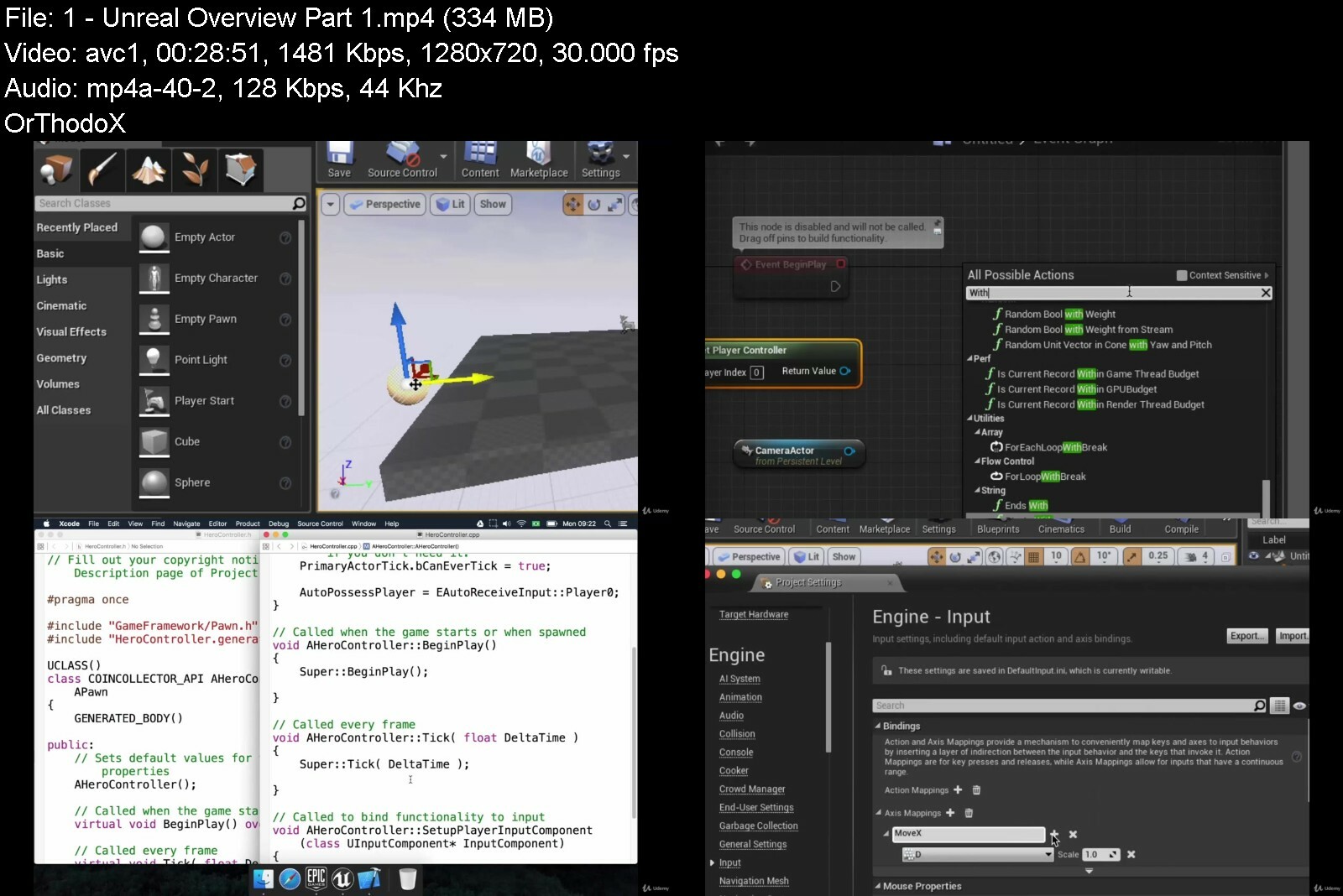
Download from RapidGator
Download from Keep2Share
Download from NitroFlare

The Complete 2020 Unreal Masterclass: Build 2D And 3D Games
Last updated 12/2019
MP4 | Video: h264, 1280x720 | Audio: AAC, 44.1 KHz
Language: English | Size: 12.73 GB | Duration: 18h 29m
Learn video game development and how to build impressive games from scratch with the Unreal Engine
What you'll learn
Build classic 2D and 3D platformer games in Unreal engine 4
Create multiple small games of different genres
Develop games from scratch
Requirements
The (free) Unreal Engine 4. We will walk you through the simple installation and setup process.
A computer with an Internet connection. This course is suitable for Mac or PC.
Description
This project is the world's biggest on-demand tutorial series designed to teach ANYONE how to code and build impressive games with the Unreal Engine.Benefits of Learning UnrealPopular - Unreal is a free game development engine used by developers all the way from beginner indie developers to AAA studios. The community is large and available for help.Powerful - Unreal is a powerful engine, with a huge library of image assets available for you to use as much as humanly possible, saving hours of development time.High Definition - Unreal is one of the main engines to use because it is so good at making good looking and high quality games. Unreal has high fidelity, meaning you can zoom in and still have high quality images.Coding Optional - The best part about Unreal is their blueprint system, letting you build games without coding. We have been using Unreal technologies since UDK and are delighted to see that the blueprint system is incredibly robust and resource-efficient.Resource-Efficient - You can minimize loss of performance by a large amount simply by using Blueprints.Other Industries - Unreal is for more than just game development. You can get hired in filmmaking, architectural design and product visualization, to name a few.For instance, Mcclaren Automotive uses Unreal to let users visualize their own unique luxury car before building it. Unreal Engine has even been used to build Star Wars-themed areas in Disney World and Disneyland.The Weather Channel used mixed reality to visualize Hurricane Florence's floods.
Overview
Section 1: Unreal Overview
Lecture 1 Unreal Overview - Part 1
Lecture 2 Unreal Overview - Part 2
Lecture 3 Unreal Overview - Part 3
Section 2: Create a quick shooter game
Lecture 4 Crash course - Shooter - Part 1
Lecture 5 Crash course - Shooter - Part 2
Lecture 6 Crash course - Shooter - Part 3
Lecture 7 Crash course - Shooter - Part 4
Lecture 8 Crash course - Shooter - Part 5
Section 3: Unreal Platform Switcher
Lecture 9 Crash course - Platform Switcher - Part 1
Lecture 10 Crash course - Platform Switcher - Part 2
Lecture 11 Crash course - Platform Switcher - Part 3
Lecture 12 Crash course - Platform Switcher - Part 4
Section 4: Unreal FPS
Lecture 13 Crash Course - FPS Shooter - Part 1
Lecture 14 Crash Course - FPS Shooter - Part 2
Lecture 15 Crash Course - FPS Shooter - Part 3
Section 5: Developing a Turret-Based Game
Lecture 16 Crash Course - Turret - Part 1
Lecture 17 Crash Course - Turret - Part 2
Lecture 18 Crash Course - Turret - Part 3
Lecture 19 Crash course - Turret - Part 4
Section 6: Create a Runner Switcher
Lecture 20 Crash course - Runner Switcher - Part 1
Lecture 21 Crash Course - Runner Switcher - Part 2
Lecture 22 Crash Course - Runner Switcher - Part 3
Lecture 23 Crash course - Runner Switcher - Part 4
Lecture 24 Course Files
Section 7: Learning more about the Unreal engine
Lecture 25 Getting Started In The Unreal Engine
Lecture 26 Moving around the Unreal Engine
Lecture 27 Moving Objects Around
Lecture 28 Adding Objects to the Scene
Lecture 29 Adding in Lights
Lecture 30 Adding Components to Objects
Lecture 31 Saving work
Lecture 32 Intro to Blueprints
Lecture 33 Level Blueprints and Object Blueprints
Lecture 34 Changing Components in the Object Tree
Lecture 35 Introduction to the Common Kinds of Variables
Lecture 36 Setting Variables and Capitalization
Lecture 37 Getting Setting and Converting Variables
Lecture 38 Printing to the Log and Using Variables
Section 8: Learning about Rapid Prototyping
Lecture 39 Prototyping the Level
Lecture 40 Making a playable game
Lecture 41 Adding Hit Logic
Lecture 42 Counter to Cube Destructions
Lecture 43 Adding a Timer
Lecture 44 Rounding up
Lecture 45 Light on the Projectile
Lecture 46 Random Color
Lecture 47 Spot Lights
Lecture 48 Wrapping Up Project
Section 9: Prototyping a Shooting game
Lecture 49 Setting up Prototype
Lecture 50 Shoot Gallery
Lecture 51 Set up levels
Lecture 52 Ball Physics
Lecture 53 Create a Spawner
Lecture 54 Impulses
Lecture 55 Destroying the balls
Lecture 56 Adding Explosion to the ball
Lecture 57 More on Spawning objects
Lecture 58 Heads up display
Lecture 59 Refactoring
Lecture 60 Adding Timer
Lecture 61 Testing Prototype-Fix
Lecture 62 Wrapping up
Section 10: Prototyping a Shootdown game
Lecture 63 Prototyping the Level
Lecture 64 Changing the FPS character
Lecture 65 Disabling the barrier collision
Lecture 66 A target to fire at
Lecture 67 Ball Health and Transform
Lecture 68 Adding Spawner
Lecture 69 Ball above the spawner
Lecture 70 Scoring System
Lecture 71 Refactoring Code
Lecture 72 Kill all Ball
Lecture 73 Fixing Explosion problem
Lecture 74 Optimizing Explosions
Lecture 75 Adding Final ball
Lecture 76 Testing the No Gravity
Lecture 77 Spawner Bouncing ball
Lecture 78 Adding impulse
Lecture 79 Adding timer
Lecture 80 Destroying classes
Lecture 81 Purple Kill all
Lecture 82 Conclusion of Section
Section 11: About fundamentals in Multiplayer
Lecture 83 Intro to Blueprints
Lecture 84 Adding Player Starts
Lecture 85 Debug UI
Lecture 86 Adding Collectables
Lecture 87 Adding a box-collected UI
Lecture 88 Updating the UI
Lecture 89 Fixing the Problem
Section 12: Fundamentals of a Battle Royale
Lecture 90 Start the Royale
Lecture 91 Multiplayer set up
Lecture 92 Player Colors
Lecture 93 Colors with code
Lecture 94 Player Counter
Lecture 95 Server Authority
Lecture 96 Setting up Tag
Section 13: "The Floor is Lava"
Lecture 97 Setting up the game
Lecture 98 Lava Actor Set up
Lecture 99 Logs and Redundancies
Lecture 100 Checking Level map
Lecture 101 Setting up Tag Cube
Lecture 102 Gamemode Variables
Lecture 103 Setting up Box Rules
Lecture 104 Bugs and Issues
Lecture 105 Closing Remarks
Section 14: Building an advanced shooter
Lecture 106 Getting Started
Lecture 107 Loading Animations
Lecture 108 Setting up character
Lecture 109 Pinning the gun to the player
Lecture 110 Player Projectile
Lecture 111 Projectile Spawning
Lecture 112 Projectile Velocity
Lecture 113 Player Health
Lecture 114 Health Pickups
You're an absolute beginner who needs to build a larger portfolio,You're a programmer who wants to upskill to game development,You're curious about the Unreal Engine but have struggled to find a clear series of tutorials to finish a project,You want to build a game to show your friends and family,You want to learn to code by building hands-on projects,You're a professor/teacher who needs to make a game development curriculum,You want to take your education into your hands by learning online

Download from RapidGator
Download from Keep2Share
Download from NitroFlare







